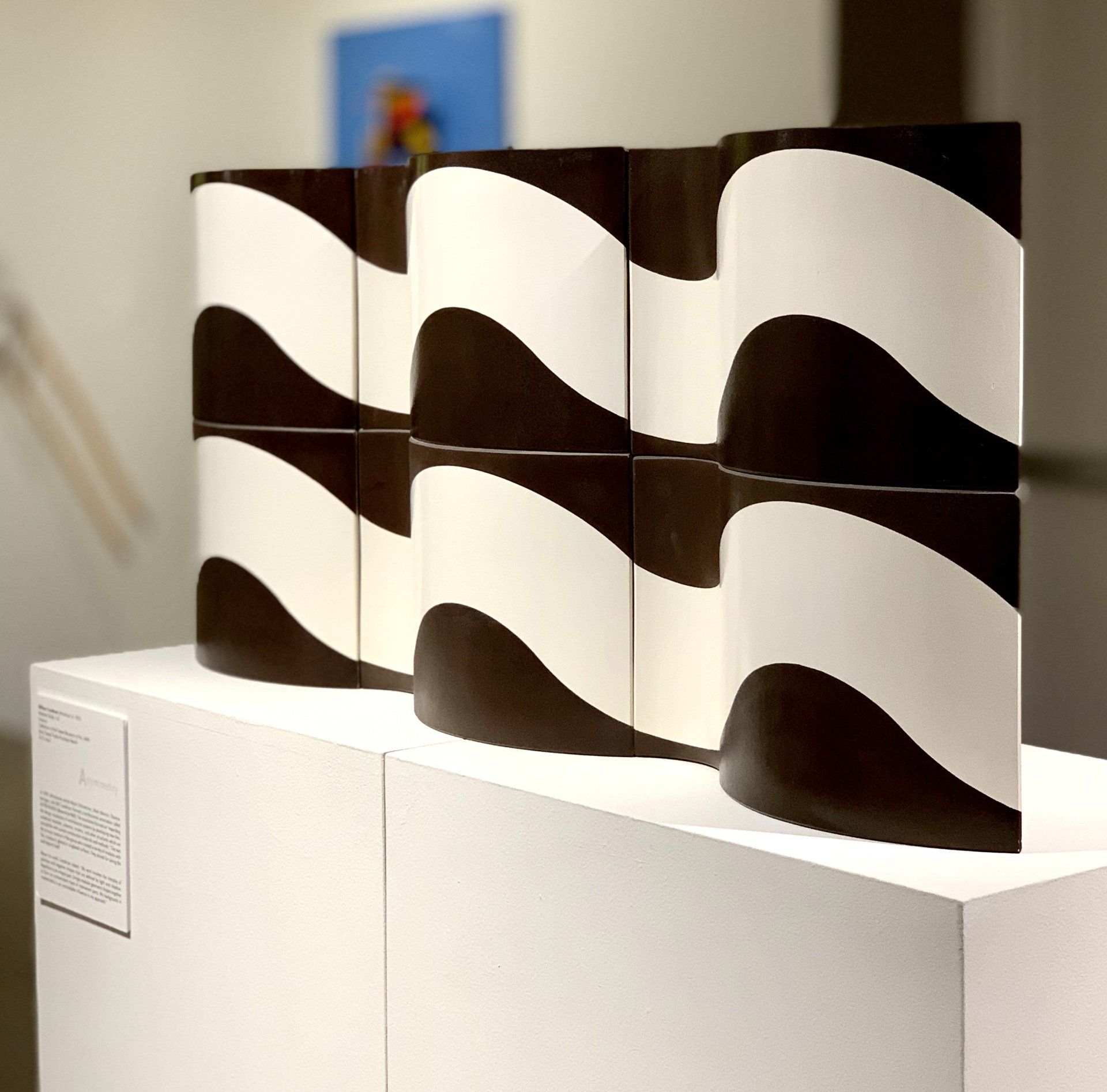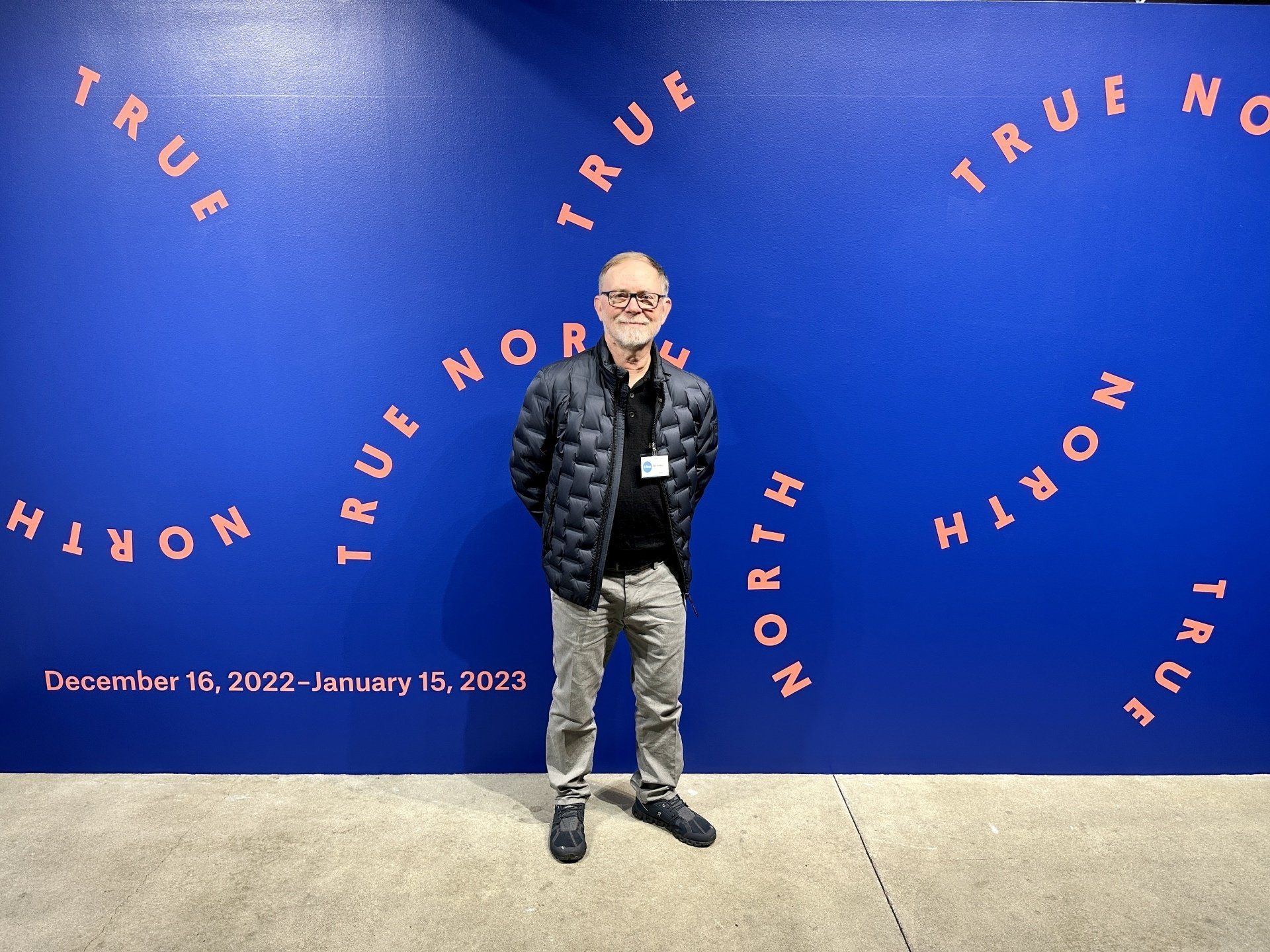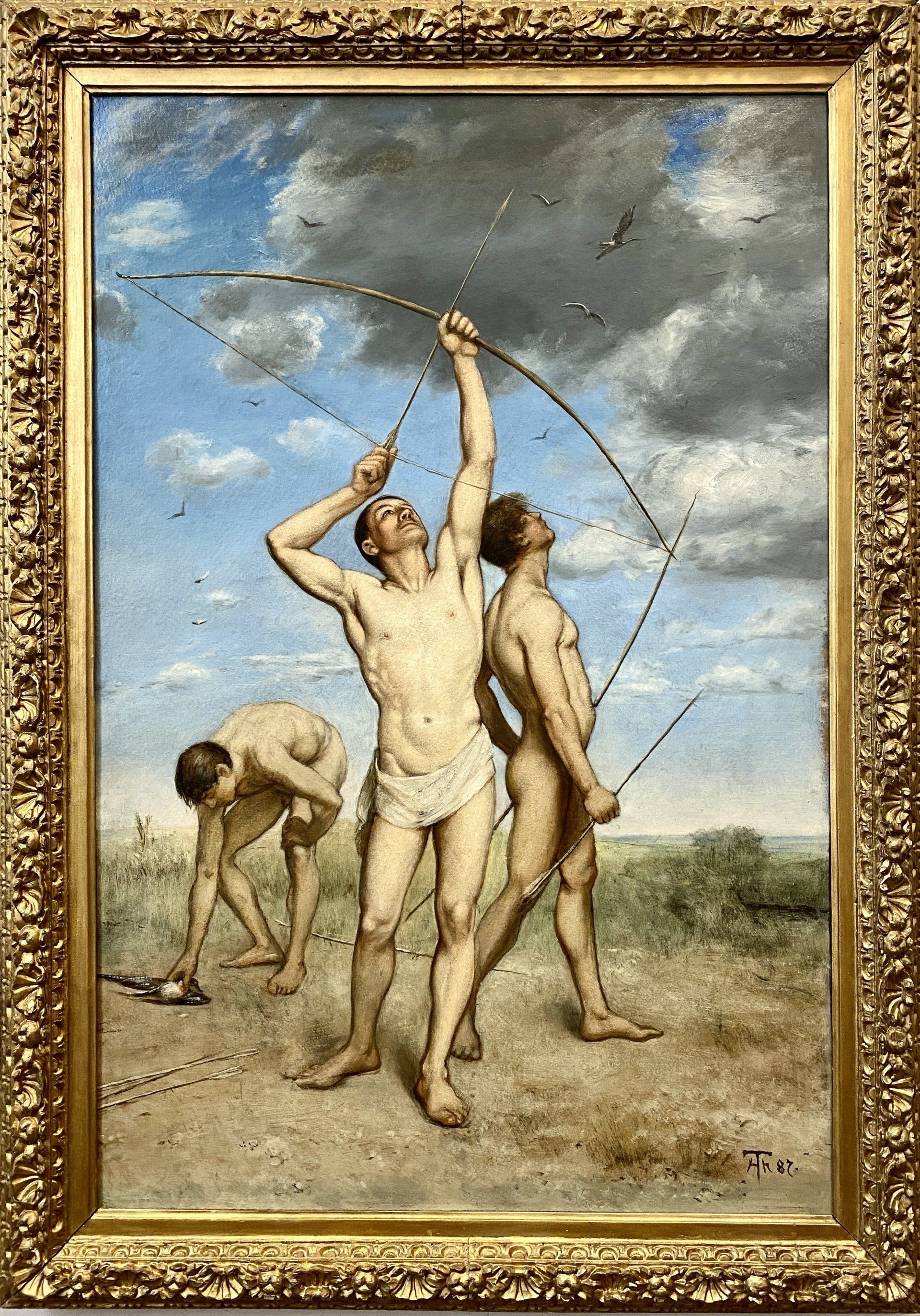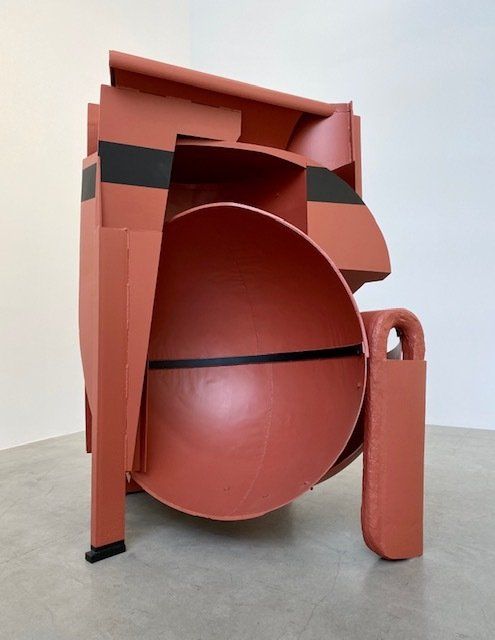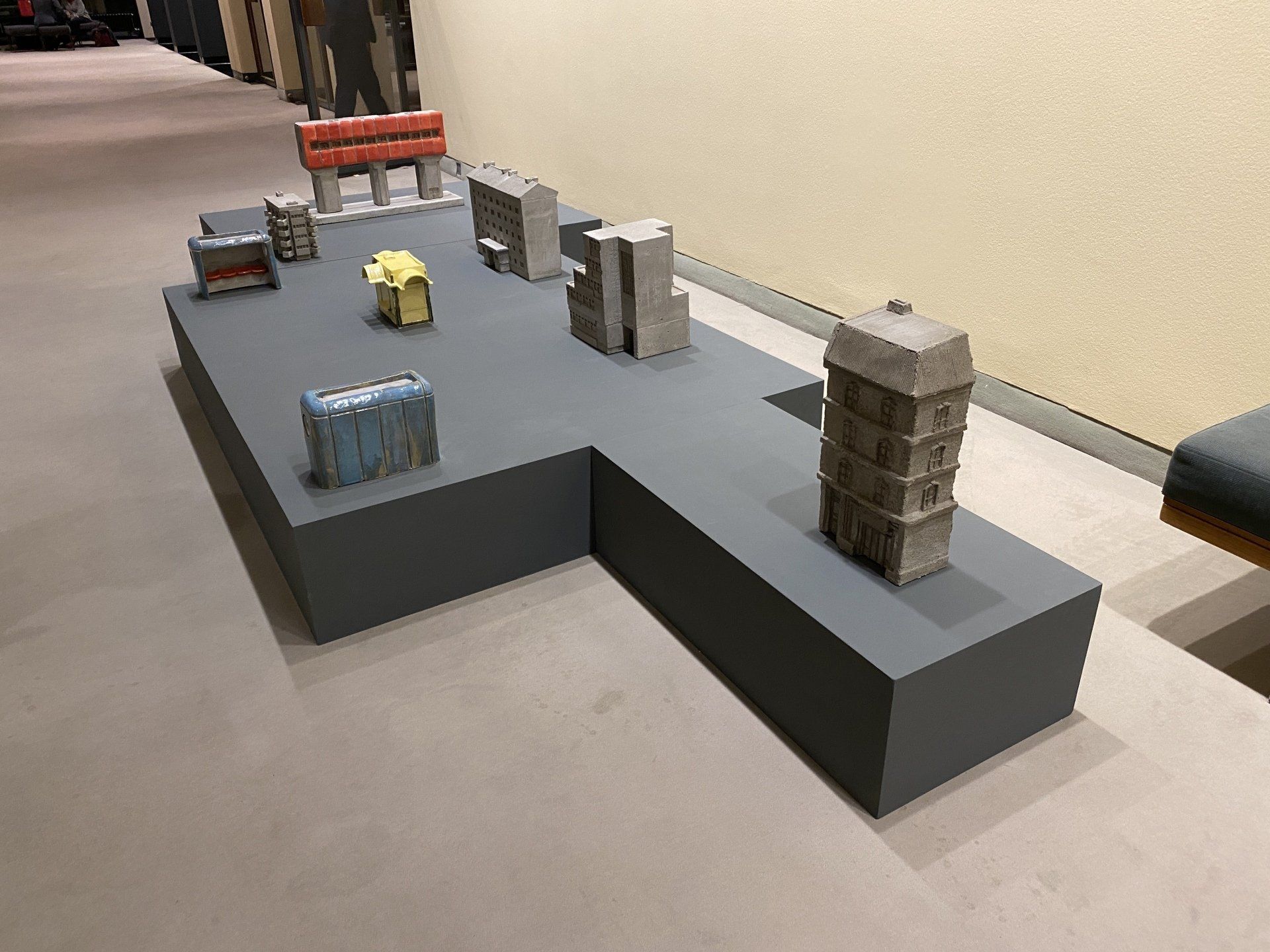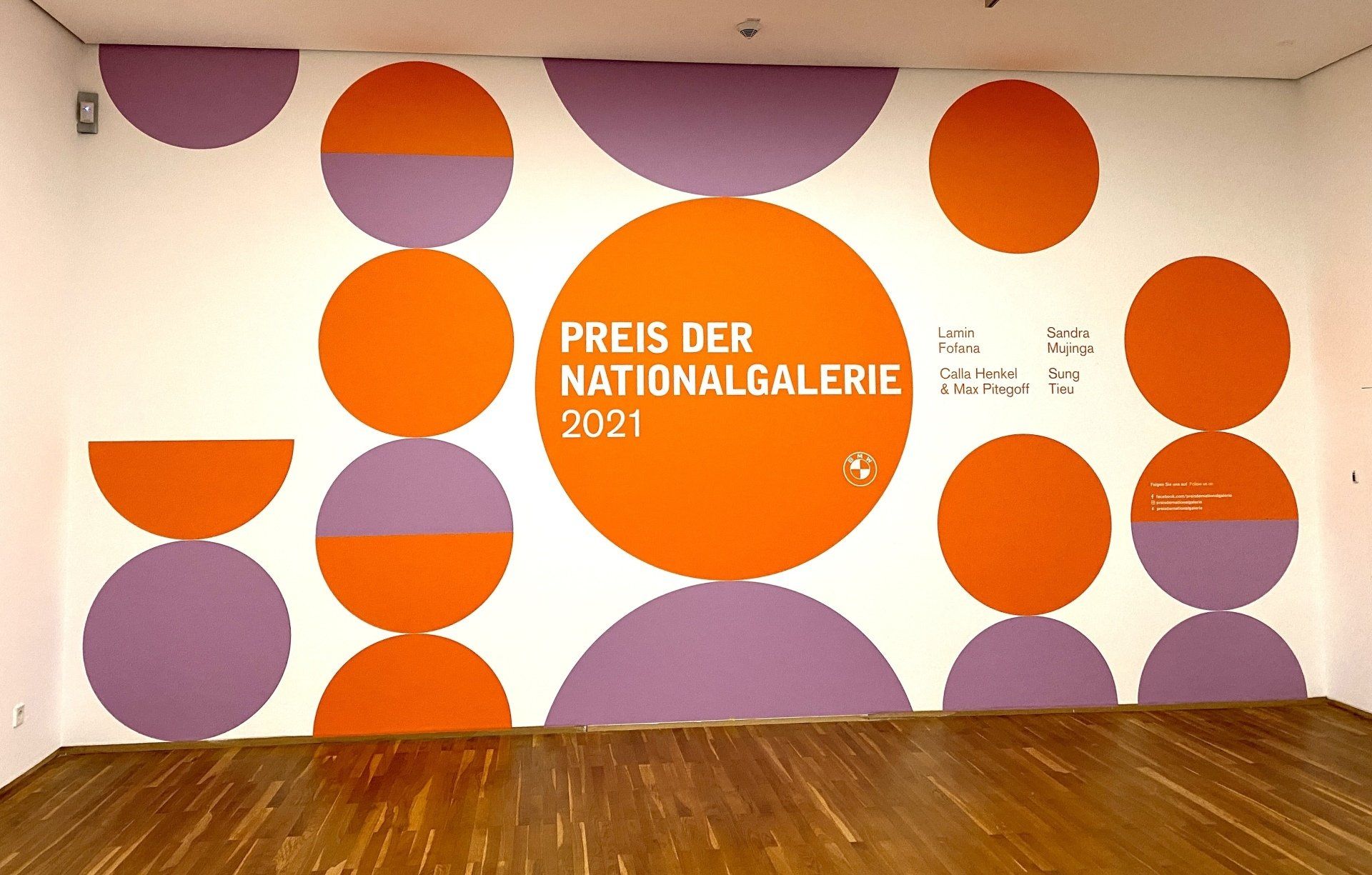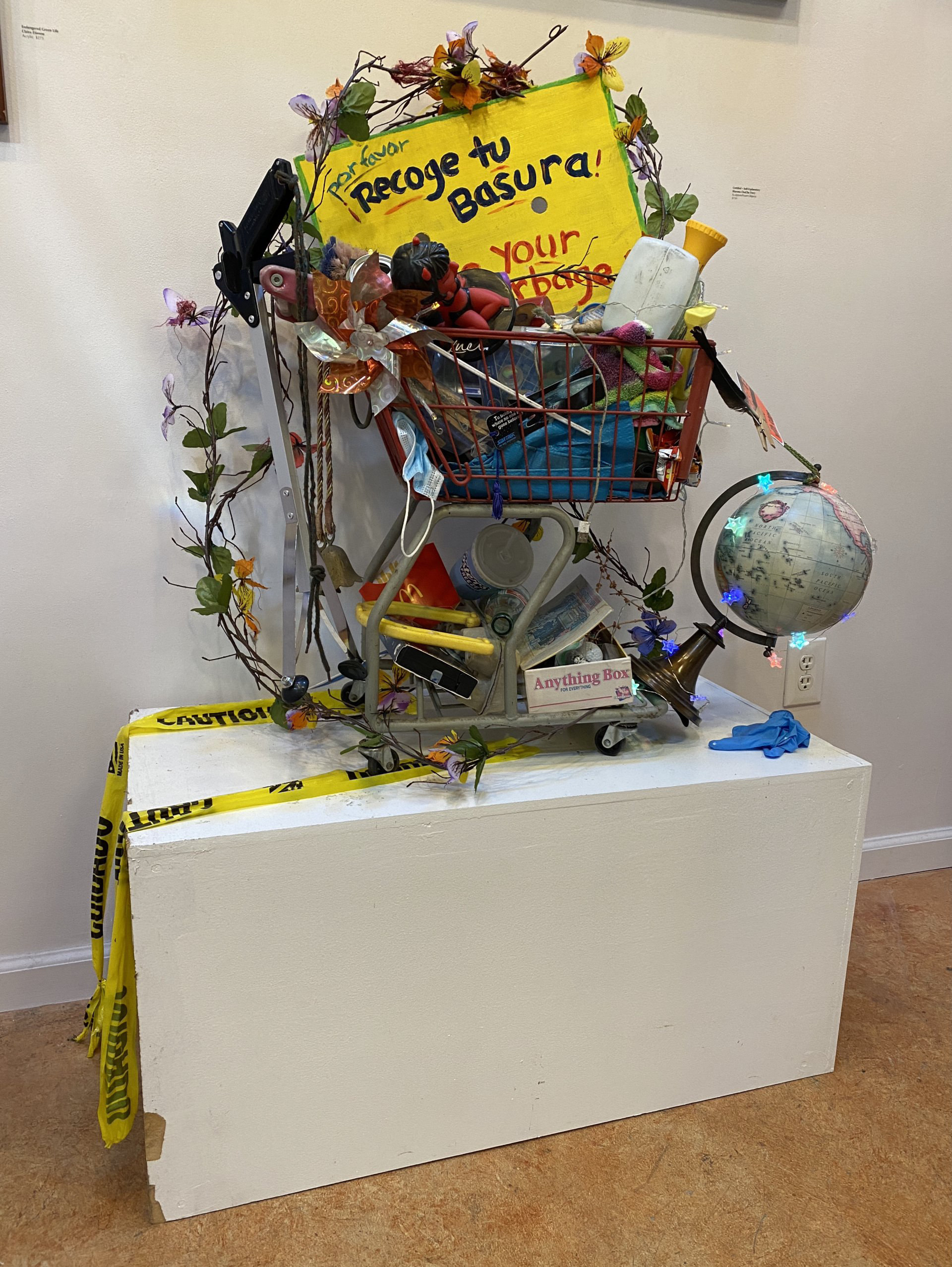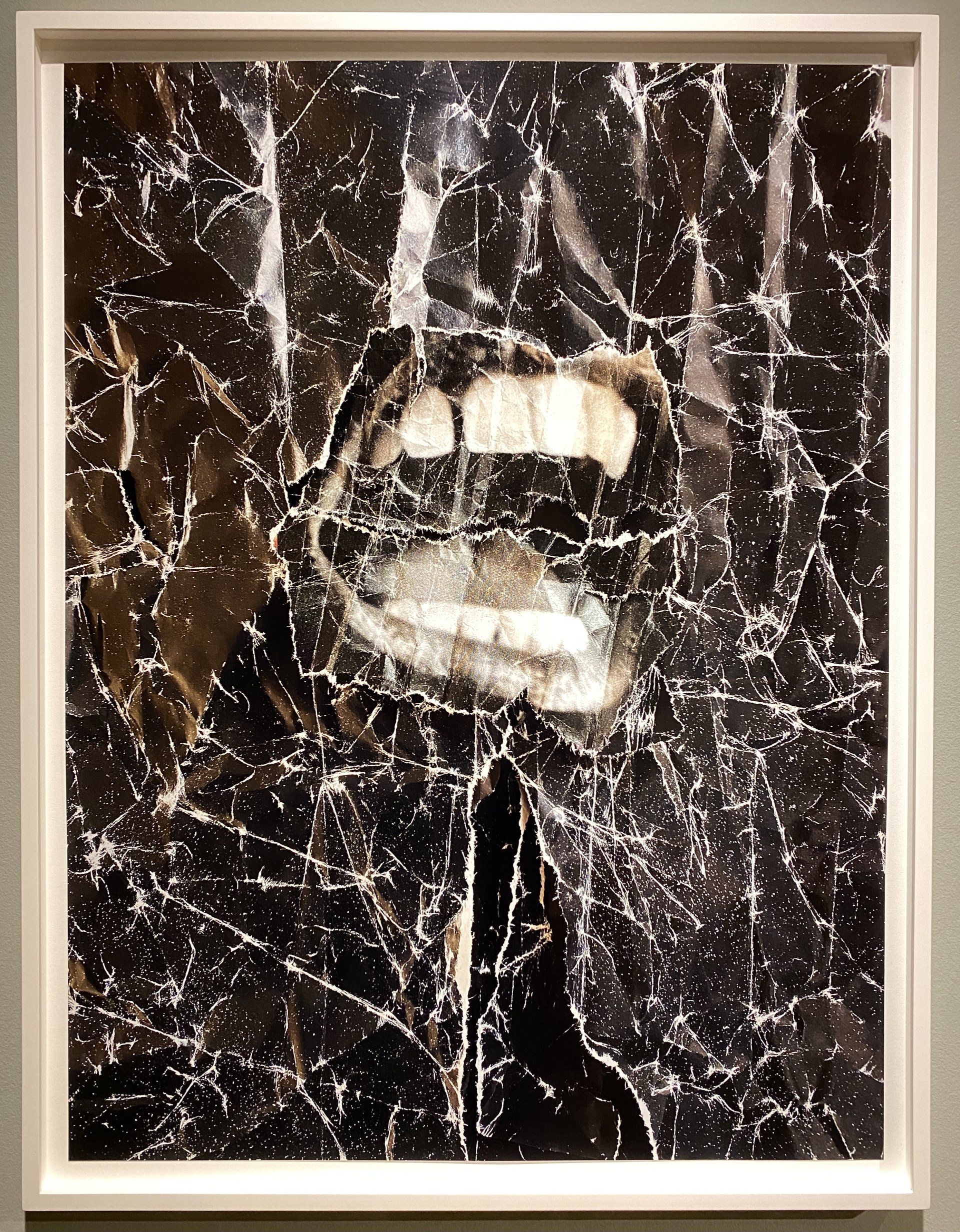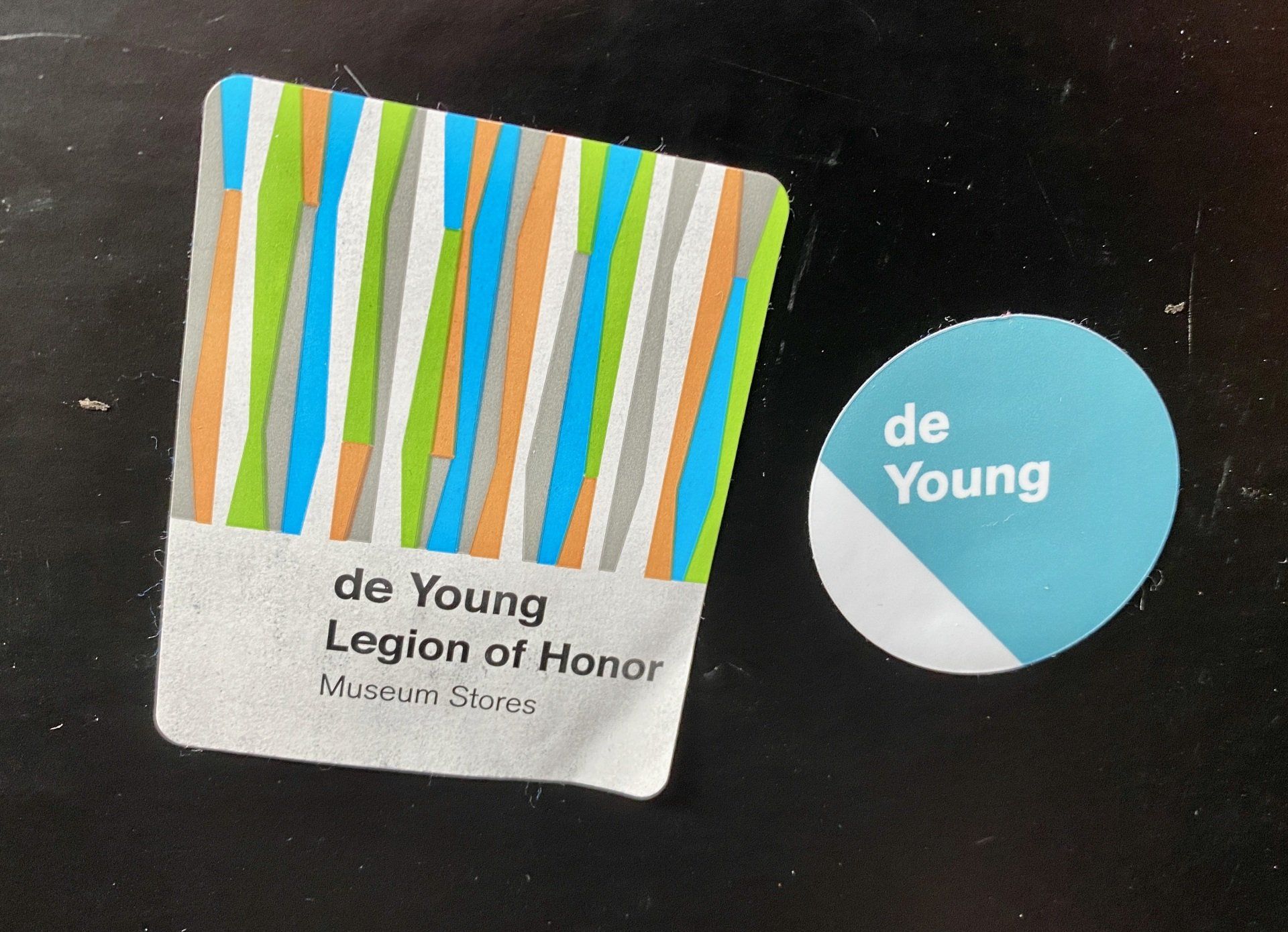Jumping into Now with Rosa Barba
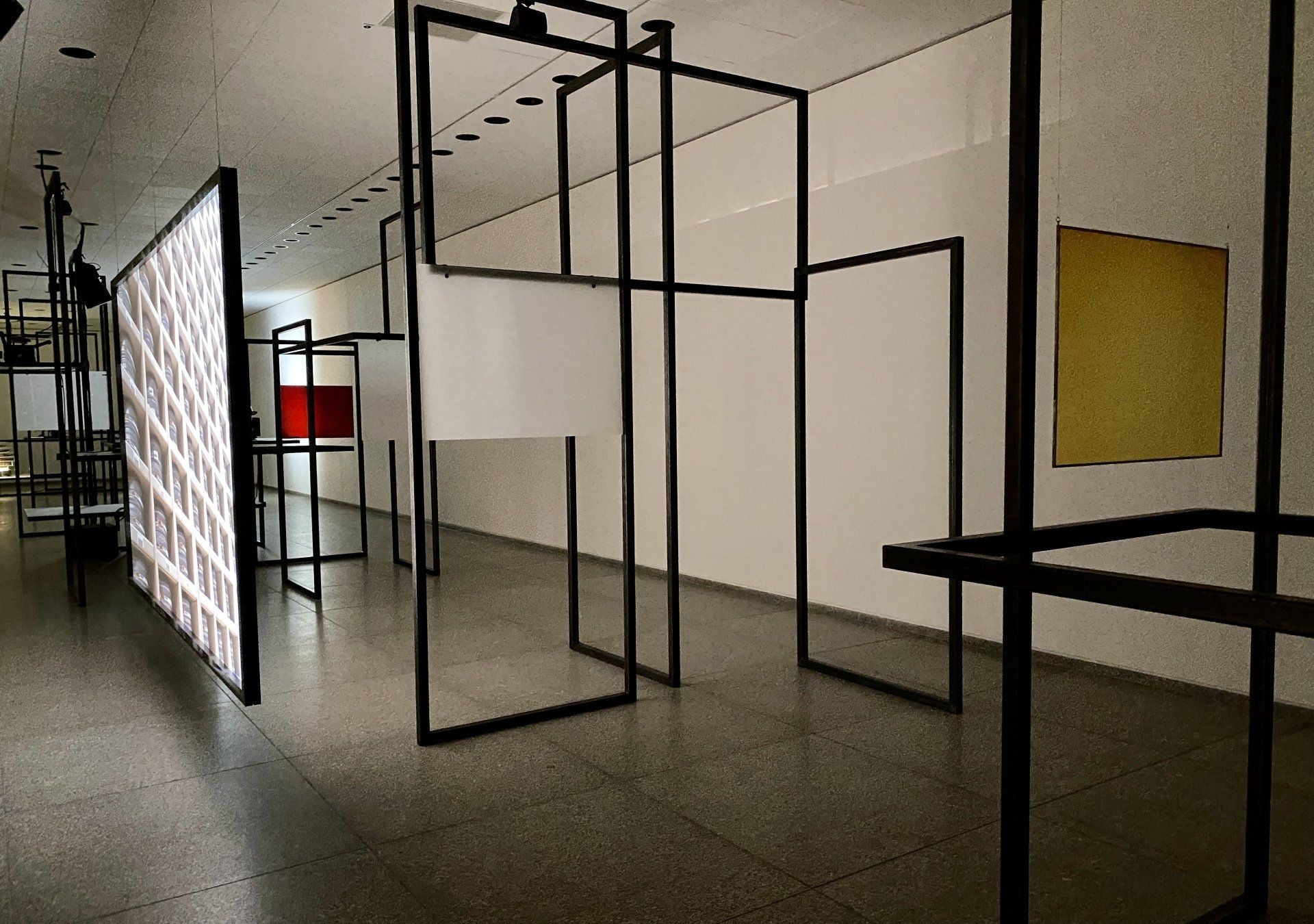
Rosa Barba - In A Perpetual Now
Neue Nationalgalerie - Berlin
Through January 16, 2022
As a child did you ever have the experience of sitting in a movie theater, and soon after the movie started, forgetting that you were watching a movie? In other words, do you remember being so accepting of what was on the screen that you forgot about the world outside the theater? I remember experiencing film in this manner before I turned 10. It was always a shock when the swelling music, lingering looks and relaxed smiles on screen signaled the end of the movie, and I realized, “Hey, I’m in a movie theater, watching a movie. And the real world is outside the theater!”
Fast forward to adulthood. Even as recent as ten years ago I might have reacted to “Rosa Barba - In a Perpetual Now,” with feelings of inferiority (I’m too dense to “get” this art), or feeling that the exhibit was somewhat of a medicine show - trying to dupe viewers into thinking that this is art. Somehow I’ve turned a corner and I'm “getting” a lot more art that involves video screens or projected images. The key to turning that corner was simply being willing to spend some time with the art.
Originally, I thought I would be in and out of “Perpetual Now” in about 10 minutes. However, once I submerged myself into the exhibit, I lost track of time and ended up spending a couple of hours in the installation.
It is a remarkable show. Images, projected on walls, translucent and opaque screens, projectors, eccentric film spoolers, all bridged by an expansive soundscape. A reshuffling of the projections and sounds ensures a new experience every time you walk through the exhibit.
What is it about? As the title, “In A Perpetual Now” implies, the now-ness established by the ebb and flow of the exhibit’s light, sound and movement asserts itself above any of the archival footage - although most of the projections consist of pure color. The tendency we all have to look at a painting (whether it’s a Grandma Moses or a Rothko) and automatically “read” a narrative (message, subject or feeling) in it, is something that has always happened in art. As absurd as it may sound, this is what the 17th century Dutch hyper-realists and Rosa Barba have in common - they both give the viewer the opportunity to construct something "real" out of thin air.
The Rosa Barba show ties in with the reopening of the Neue Nationalgalerie, after the building's six-year restoration. The artist alludes to the museum’s architect Mies van der Rohe by echoing his design motifs in the steel armatures that support the projectors, screens, and other equipment. She also uses images from the studio of Alexander Calder, whose optimistic work on the upper floor welcomes back museum goers.
As a part of one of the projection pieces, a sidebar of quotations by Barba appear. Here are two of my favorites:
“Music is liquid architecture; Architecture is frozen music.”
“History and geography are inextricable disciplines.”
This is a very rich show, and I plan to revisit it, and again be surprised and again be enriched.

